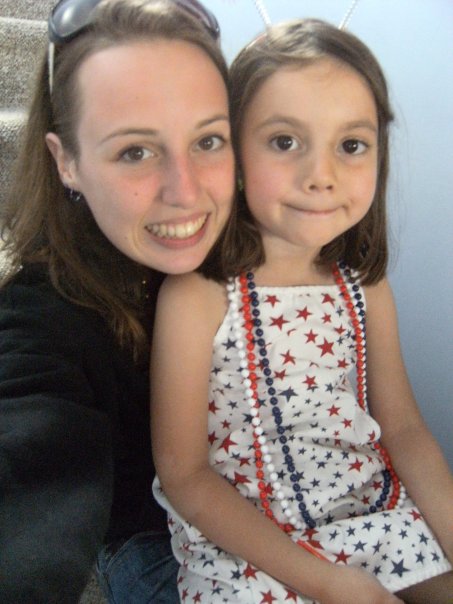No person is free of bias. Not me. Not you. No one. Different personal history for different people create different biases. It is impossible to walk into a classroom without some sort of bias. My own personal history and sociocultural characteristics intersect with my students a lot more than i had thought. While we all have different, more specific experiences, we are similar in quite a few ways.
Growing up in Woonsocket, I grew up around people of other races and other cultures. My middle school and high school were highly over populated. The high school was also highly diverse with a mix of different cultures. Woonsocket high was a lower class school. Over half the population, 54% recieve free or reduced lunch. So coming from such a diverse, lower class high school, walking into my tutoring school wasnt much of a culture shock for me. The high school I tutor in is even more diverse than my own school. They also are from about the same social class as I'm used to.
I think the fact that I'm so used to different cultures and social classes is a huge advantage for me. Many other people were in shock when they walked into their tutoring schools and were surrounded by lower class, multi-racial kids. I, however, felt very comfortable around everyone there. I have the advantage over other people in an urban school because I'm so used to them. I actually enjoy the challenges and rewards that come along with teaching in urban settings. Although the students are a bit tougher to handle, and are generally spoken badly of by many people, the kids are really talented and smart but just dont have the perfectly planned future that many white upper class kids do.
This thought reminds me of what Jonathan Kozol wrote about in his article Still Seperate, Still Unequal. In this article Kozol very often refers to the financial advantages many white children over the education of colored children. Schools that teach mainly colored children get far less funding than schools that teach white children, even if theyre in the same region. This happens even here in Rhode Island. Cities like Barrington, Narragansett, and Newport, which are all predominantly white, recieve for funding for their schools compared to cities like Providence, Woonsocket, or Central Falls who recieve far less funding for their schools that have a large minority poulation. The way these states are taxed plays a huge part in how they're funded.
http://www.infoworks.ride.uri.edu/2008/state/taxcharts.pdf
This site ^ i researched the taxes for the cities and their funding for schools. Its very obvious that what Kozol was talking about happens everywhere. Kozol also brings up the issue of overcrowding in classes which was ovbiously happening in the school I tutor in. Schools that are predominantly white have classroom sizes generally around 20. In the school i tutored in, classroom sizes were significantly larger. Pushing 30 usually. The funding for the school I tutored in was obviously very low. The supplies and even the school itself looked outdated and not very well taken care of. Like no attention was being paid to this school and its students. This would never even be thought of if the school was a higher class predominantly white school. Kozol was completely right writing everything that he did.
Its upsetting to me, as a future teacher in a possible urban school, that the students im teaching will have less of an advantage at a great future than those students in an upper class, white school. I hope to make some changes when it comes to sad facts like this. We need change.
Subscribe to:
Post Comments (Atom)

I am confident, Christina, that you will be a force for change.
ReplyDeleteDr. August